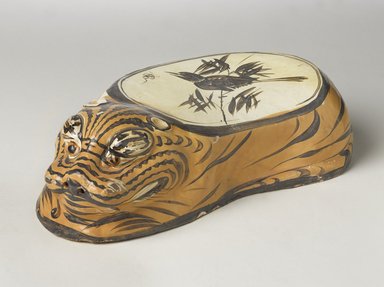

Cizhou Ware Pillow in the Form of a Tiger, 1182. Cizhou ware, earthenware, painted slip decoration with transparent glaze, 4 3/8 x 6 3/4 x 14 1/2 in. (11.1 x 17.1 x 36.8 cm). Brooklyn Museum, Gift of the Asian Art Council, 1993.56. Creative Commons-BY (Photo: Brooklyn Museum, 1993.56_overall_PS9.jpg)
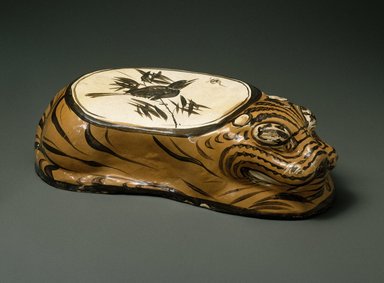
Cizhou Ware Pillow in the Form of a Tiger, 1182. Cizhou ware, earthenware, painted slip decoration with transparent glaze, 4 3/8 x 6 3/4 x 14 1/2 in. (11.1 x 17.1 x 36.8 cm). Brooklyn Museum, Gift of the Asian Art Council, 1993.56. Creative Commons-BY (Photo: Brooklyn Museum, 1993.56_SL1.jpg)
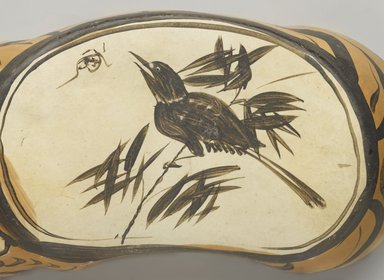
Cizhou Ware Pillow in the Form of a Tiger, 1182. Cizhou ware, earthenware, painted slip decoration with transparent glaze, 4 3/8 x 6 3/4 x 14 1/2 in. (11.1 x 17.1 x 36.8 cm). Brooklyn Museum, Gift of the Asian Art Council, 1993.56. Creative Commons-BY (Photo: Brooklyn Museum, 1993.56_detail3_PS9.jpg)
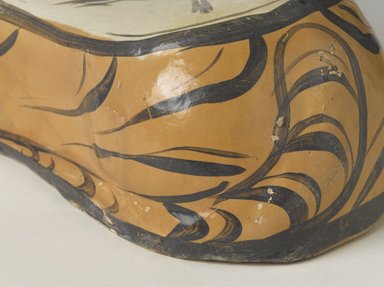
Cizhou Ware Pillow in the Form of a Tiger, 1182. Cizhou ware, earthenware, painted slip decoration with transparent glaze, 4 3/8 x 6 3/4 x 14 1/2 in. (11.1 x 17.1 x 36.8 cm). Brooklyn Museum, Gift of the Asian Art Council, 1993.56. Creative Commons-BY (Photo: Brooklyn Museum, 1993.56_detail2_PS9.jpg)

Cizhou Ware Pillow in the Form of a Tiger, 1182. Cizhou ware, earthenware, painted slip decoration with transparent glaze, 4 3/8 x 6 3/4 x 14 1/2 in. (11.1 x 17.1 x 36.8 cm). Brooklyn Museum, Gift of the Asian Art Council, 1993.56. Creative Commons-BY (Photo: Brooklyn Museum, 1993.56_back_PS9.jpg)
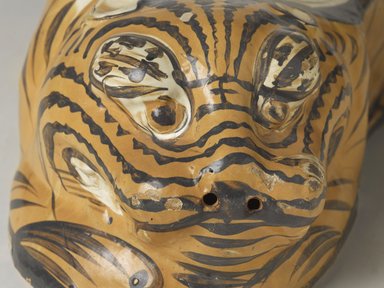
Cizhou Ware Pillow in the Form of a Tiger, 1182. Cizhou ware, earthenware, painted slip decoration with transparent glaze, 4 3/8 x 6 3/4 x 14 1/2 in. (11.1 x 17.1 x 36.8 cm). Brooklyn Museum, Gift of the Asian Art Council, 1993.56. Creative Commons-BY (Photo: Brooklyn Museum, 1993.56_detail1_PS9.jpg)

Cizhou Ware Pillow in the Form of a Tiger, 1182. Cizhou ware, earthenware, painted slip decoration with transparent glaze, 4 3/8 x 6 3/4 x 14 1/2 in. (11.1 x 17.1 x 36.8 cm). Brooklyn Museum, Gift of the Asian Art Council, 1993.56. Creative Commons-BY (Photo: Brooklyn Museum, 1993.56_bottom_SL4.jpg)

Cizhou Ware Pillow in the Form of a Tiger, 1182. Cizhou ware, earthenware, painted slip decoration with transparent glaze, 4 3/8 x 6 3/4 x 14 1/2 in. (11.1 x 17.1 x 36.8 cm). Brooklyn Museum, Gift of the Asian Art Council, 1993.56. Creative Commons-BY (Photo: Brooklyn Museum, CUR.1993.56_bottom_bw.jpg)
Cizhou Ware Pillow in the Form of a Tiger
Asian Art
On View: Asian Galleries, West, 2nd floor (China)


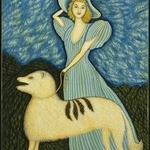

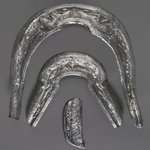



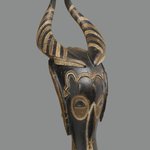
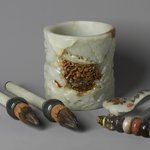
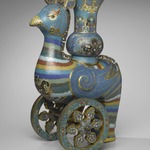
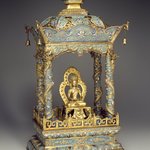
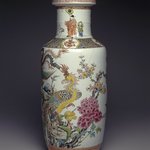
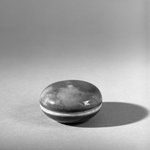

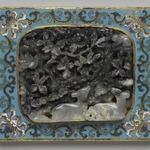
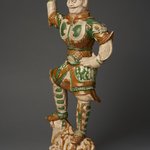
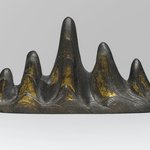
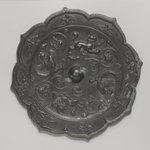
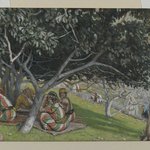
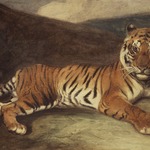
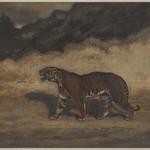
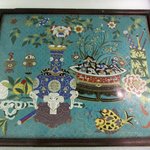
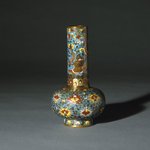
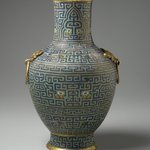
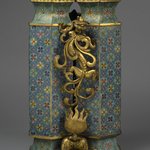
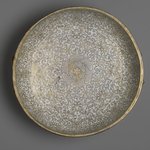
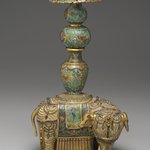
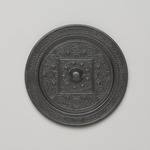
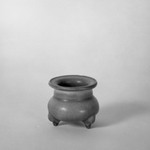
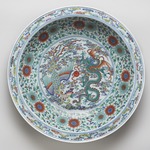
![[Untitled]](https://d1lfxha3ugu3d4.cloudfront.net/images/opencollection/objects/size2_sq/86.49.8.jpg)